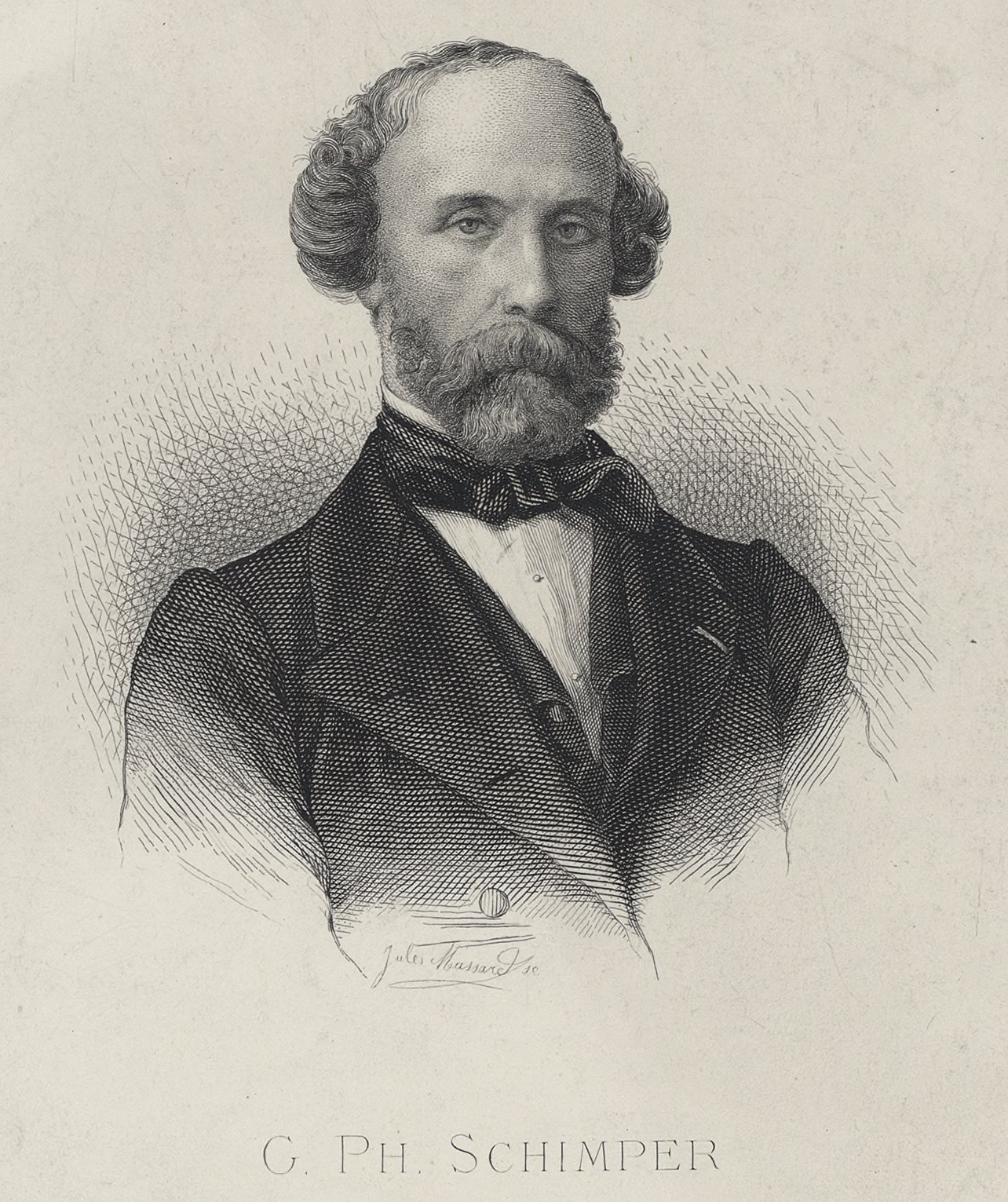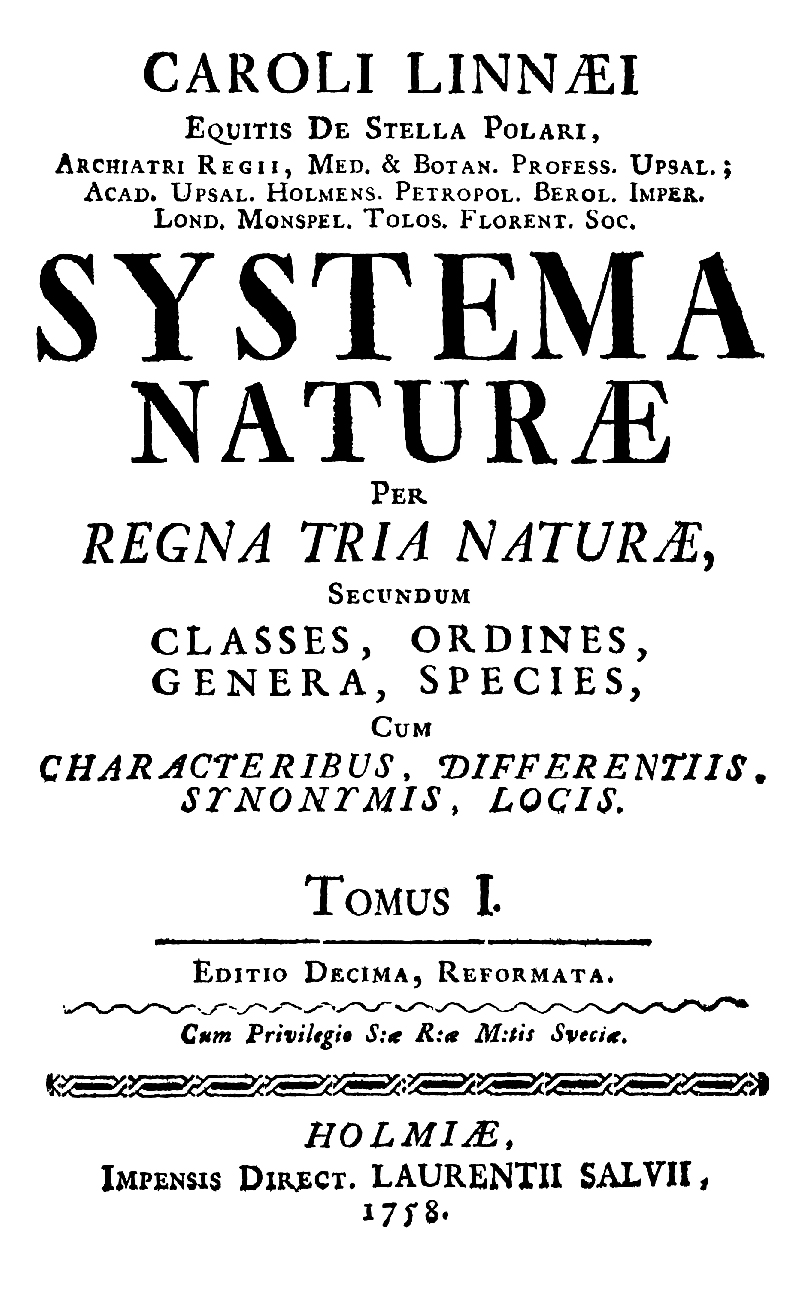|
Telescopium (gastropod)
''Telescopium'' is a genus of cone-shaped sea snails in the family Potamididae. Species Species within the genus ''Telescopium'' include: * ''Telescopium telescopium'' (Linnaeus, 1758) ; Species brought into synonymy: * † ''Telescopium gigas'' K. Martin, 1881: synonym of † ''Campanile martini A bell tower is a tower that contains one or more bells, or that is designed to hold bells even if it has none. Such a tower commonly serves as part of a Christian church, and will contain church bells, but there are also many secular bell tow ...'' Matsubara, 2009 (invalid: secondary junior homonym of ''Campanile gigas'' Leymerie, 1851; C. martini is a replacement name) * ''Telescopium indicator'' Montfort, 1810: synonym of ''Telescopium telescopium'' (Linnaeus, 1758) (a junior synonym) * ''Telescopium mauritsi'' Butot, 1954: synonym of ''Telescopium telescopium'' (Linnaeus, 1758) (a junior synonym) References * http://paleodb.org/bridge.pl?a=checkTaxonInfo&taxon_no=10556&is_re ... [...More Info...] [...Related Items...] OR: [Wikipedia] [Google] [Baidu] |
Paleocene
The Paleocene, ( ) or Palaeocene, is a geological epoch that lasted from about 66 to 56 million years ago (mya). It is the first epoch of the Paleogene Period in the modern Cenozoic Era. The name is a combination of the Ancient Greek ''palaiós'' meaning "old" and the Eocene Epoch (which succeeds the Paleocene), translating to "the old part of the Eocene". The epoch is bracketed by two major events in Earth's history. The K–Pg extinction event, brought on by an asteroid impact and possibly volcanism, marked the beginning of the Paleocene and killed off 75% of living species, most famously the non-avian dinosaurs. The end of the epoch was marked by the Paleocene–Eocene Thermal Maximum (PETM), which was a major climatic event wherein about 2,500–4,500 gigatons of carbon were released into the atmosphere and ocean systems, causing a spike in global temperatures and ocean acidification. In the Paleocene, the continents of the Northern Hemisphere were still connected v ... [...More Info...] [...Related Items...] OR: [Wikipedia] [Google] [Baidu] |
Holocene
The Holocene ( ) is the current geological epoch. It began approximately 11,650 cal years Before Present (), after the Last Glacial Period, which concluded with the Holocene glacial retreat. The Holocene and the preceding Pleistocene together form the Quaternary period. The Holocene has been identified with the current warm period, known as MIS 1. It is considered by some to be an interglacial period within the Pleistocene Epoch, called the Flandrian interglacial.Oxford University Press – Why Geography Matters: More Than Ever (book) – "Holocene Humanity" section https://books.google.com/books?id=7P0_sWIcBNsC The Holocene corresponds with the rapid proliferation, growth and impacts of the human species worldwide, including all of its written history, technological revolutions, development of major civilizations, and overall significant transition towards urban living in the present. The human impact on modern-era Earth and its ecosystems may be considered of global ... [...More Info...] [...Related Items...] OR: [Wikipedia] [Google] [Baidu] |
Genus
Genus ( plural genera ) is a taxonomic rank used in the biological classification of living and fossil organisms as well as viruses. In the hierarchy of biological classification, genus comes above species and below family. In binomial nomenclature, the genus name forms the first part of the binomial species name for each species within the genus. :E.g. '' Panthera leo'' (lion) and '' Panthera onca'' (jaguar) are two species within the genus ''Panthera''. ''Panthera'' is a genus within the family Felidae. The composition of a genus is determined by taxonomists. The standards for genus classification are not strictly codified, so different authorities often produce different classifications for genera. There are some general practices used, however, including the idea that a newly defined genus should fulfill these three criteria to be descriptively useful: # monophyly – all descendants of an ancestral taxon are grouped together (i.e. phylogenetic analysis should c ... [...More Info...] [...Related Items...] OR: [Wikipedia] [Google] [Baidu] |
Sea Snail
Sea snail is a common name for slow-moving marine gastropod molluscs, usually with visible external shells, such as whelk or abalone. They share the taxonomic class Gastropoda with slugs, which are distinguished from snails primarily by the absence of a visible shell. Definition Determining whether some gastropods should be called sea snails is not always easy. Some species that live in brackish water (such as certain neritids) can be listed as either freshwater snails or marine snails, and some species that live at or just above the high tide level (for example species in the genus '' Truncatella'') are sometimes considered to be sea snails and sometimes listed as land snails A land snail is any of the numerous species of snail that live on land, as opposed to the sea snails and freshwater snails. ''Land snail'' is the common name for terrestrial gastropod mollusks that have shells (those without shells are known .... Anatomy Sea snails are a very large group o ... [...More Info...] [...Related Items...] OR: [Wikipedia] [Google] [Baidu] |
Family (biology)
Family ( la, familia, plural ') is one of the eight major hierarchical taxonomic ranks in Linnaean taxonomy. It is classified between order and genus. A family may be divided into subfamilies, which are intermediate ranks between the ranks of family and genus. The official family names are Latin in origin; however, popular names are often used: for example, walnut trees and hickory trees belong to the family Juglandaceae, but that family is commonly referred to as the "walnut family". What belongs to a family—or if a described family should be recognized at all—are proposed and determined by practicing taxonomists. There are no hard rules for describing or recognizing a family, but in plants, they can be characterized on the basis of both vegetative and reproductive features of plant species. Taxonomists often take different positions about descriptions, and there may be no broad consensus across the scientific community for some time. The publishing of new data and opi ... [...More Info...] [...Related Items...] OR: [Wikipedia] [Google] [Baidu] |
Potamididae
''Potamididae'', common name potamidids (also known as horn snails or mudwhelks) are a family of small to large brackish water snails that live on mud flats, mangroves and similar habitats. They are amphibious gastropod molluscs in the superfamily Cerithioidea. Traditionally, potamidids and batillariids have been confused because they have similar shells and they live in similar environments. For many fossil taxa the family assignment to either of these two families is still unresolved or controversial. According to the taxonomy of the Gastropoda by Bouchet & Rocroi (2005) the family Potamididae has no subfamilies. Distribution The distribution of Potamididae includes the Indo-West Pacific, the eastern Pacific and the Atlantic Ocean. Genera Six living and a number of fossil genera are currently recognized: Recent genera: * '' Cerithidea'' Swainson, 1840 * '' Cerithideopsis'' Thiele, 1929 ** possible subgenus or synonym: † '' Harrisianella'' Olson, 1929 - Reid et al. ... [...More Info...] [...Related Items...] OR: [Wikipedia] [Google] [Baidu] |
Telescopium Telescopium
''Telescopium telescopium'', commonly known as the telescope snail, is a species of snail in the horn snail family Potamididae found in mangrove habitats in the Indo-Pacific.MolluscaBase eds. (2021). MolluscaBase. Telescopium telescopium (Linnaeus, 1758). Accessed through: World Register of Marine Species at: http://marinespecies.org/aphia.php?p=taxdetails&id=215140 on 2021-05-24 They are large snails that can grow up to in length and are easily recognizable by their cone-shaped shell. Telescope snails are edible and are eaten in parts of Southeast Asia. They are known locally as ''bagongon'' or ''bagungon'' in the Philippines; and ''rodong'' or ''berongan'' in Malaysia, Singapore, and Indonesia. Description ''Telescopium telescopium'' are very similar in description to many other Potamidiae gastropods with the main points of difference being it being the largest in the family and the fold on its columella. ''Telescopium telescopium'' are relatively large in comparison to ... [...More Info...] [...Related Items...] OR: [Wikipedia] [Google] [Baidu] |
Carl Linnaeus
Carl Linnaeus (; 23 May 1707 – 10 January 1778), also known after his ennoblement in 1761 as Carl von Linné Blunt (2004), p. 171. (), was a Swedish botanist, zoologist, taxonomist, and physician who formalised binomial nomenclature, the modern system of naming organisms. He is known as the "father of modern taxonomy". Many of his writings were in Latin; his name is rendered in Latin as and, after his 1761 ennoblement, as . Linnaeus was born in Råshult, the countryside of Småland, in southern Sweden. He received most of his higher education at Uppsala University and began giving lectures in botany there in 1730. He lived abroad between 1735 and 1738, where he studied and also published the first edition of his ' in the Netherlands. He then returned to Sweden where he became professor of medicine and botany at Uppsala. In the 1740s, he was sent on several journeys through Sweden to find and classify plants and animals. In the 1750s and 1760s, he continued to coll ... [...More Info...] [...Related Items...] OR: [Wikipedia] [Google] [Baidu] |
10th Edition Of Systema Naturae
The 10th edition of ''Systema Naturae'' is a book written by Swedish naturalist Carl Linnaeus and published in two volumes in 1758 and 1759, which marks the starting point of zoological nomenclature. In it, Linnaeus introduced binomial nomenclature for animals, something he had already done for plants in his 1753 publication of ''Species Plantarum''. Starting point Before 1758, most biological catalogues had used polynomial names for the taxa included, including earlier editions of ''Systema Naturae''. The first work to consistently apply binomial nomenclature across the animal kingdom was the 10th edition of ''Systema Naturae''. The International Commission on Zoological Nomenclature therefore chose 1 January 1758 as the "starting point" for zoological nomenclature, and asserted that the 10th edition of ''Systema Naturae'' was to be treated as if published on that date. Names published before that date are unavailable, even if they would otherwise satisfy the rules. The onl ... [...More Info...] [...Related Items...] OR: [Wikipedia] [Google] [Baidu] |
Campanile Martini
A bell tower is a tower that contains one or more bells, or that is designed to hold bells even if it has none. Such a tower commonly serves as part of a Christian church, and will contain church bells, but there are also many secular bell towers, often part of a municipal building, an educational establishment, or a tower built specifically to house a carillon. Church bell towers often incorporate clocks, and secular towers usually do, as a public service. The term campanile (, also , ), deriving from the Italian ''campanile'', which in turn derives from ''campana'', meaning "bell", is synonymous with ''bell tower''; though in English usage campanile tends to be used to refer to a free standing bell tower. A bell tower may also in some traditions be called a belfry, though this term may also refer specifically to the substructure that houses the bells and the ringers rather than the complete tower. The tallest free-standing bell tower in the world, high, is the Mortegliano ... [...More Info...] [...Related Items...] OR: [Wikipedia] [Google] [Baidu] |



.jpg)

